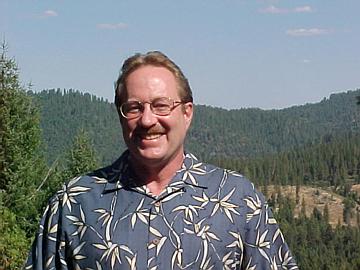
|
|
The selection of the anode or cathode are not the only choices. The strength of the current, the duration and frequency of the sessions, the location of the stimulatory and inhibitory effects, and the electrode materials all make significant changes in the effect and side-effect of this intervention.
Literature will be reviewed for slow cortical potentials, and the difference between endogenous polarity and TCDC stimulation polarity will be discussed.
Starting in 1972 with the first State Hospital based biofeedback laboratory, and then specializing in EEG for decades, Jay is an experienced Clinical and research EEG/qEEG specialist and consultant. Author of many scientific papers, and a mounting list of books, his depth of understanding of the mind/brain's function is helpful in communicating the underlying mechanisms and systems of the brain, mind, and consciousness. Jay is a popular lecturer world-wide, and he has occupied leadership positions in the field's professional societies. Now with Q-Pro, an international EEG/qEEG services group, he provides services world-wide. Other Products by Jay Gunkelman 1) The Neurophysiological Substrate of Archetype
To View Comments or Join the Conversation: |
Most Viewed of all Products
Trauma and Recovery: The Integration of Neurofeedback and Psychotherapy
|

